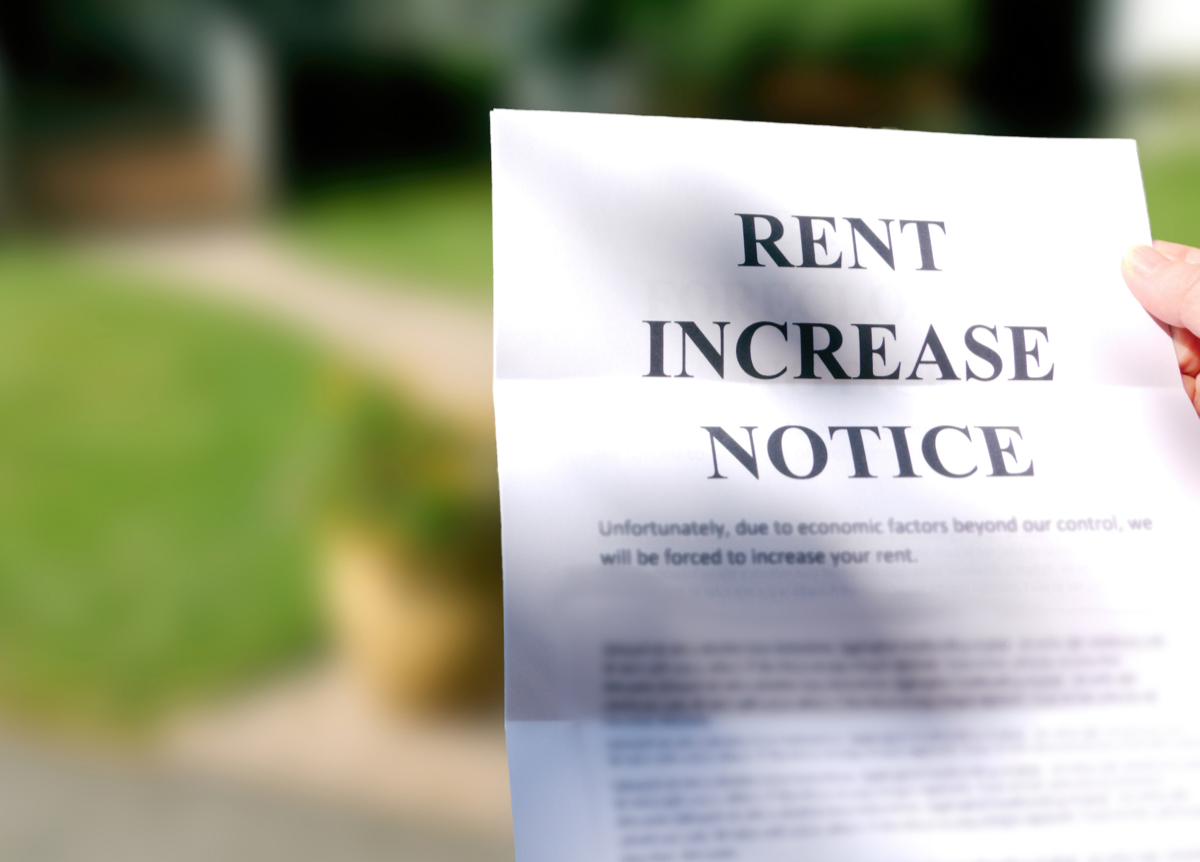
The overheated rental market in Ontario is putting landlords and property managers under pressure, not only having to raise rents across their portfolios to cover their overheads, but to do so timeously, fairly, without error, and within the law.
As doing so by hand takes a lot of time and meticulous attention to detail, one mistake can invalidate the rent increase notice and put you back to square one, while delays will leave rental and management fee income on the table.
So how do you ensure you remain on top of due increases? This guide will walk you through the steps.
Understand rent control regulations
Ontario has an annual rent increase guideline that caps the percentage by which landlords and property managers can raise rent.
The rent increase guideline for 2023 and 2024 is 2.5%. Property managers, on behalf of landlords, can apply to the Landlord and Tenant Board for increases above the guideline if they have made eligible repairs or renovations to a unit or complex, or started providing a new service. Tenants will owe the backdated increase in rent if the application is successful, but this route comes with delays and the uncertainty of waiting for a hearing.
Keep in mind that certain properties and situations are exempt from rent control regulations, such as rental buildings or units first occupied after November 15, 2018.
Give proper notice
Property managers must provide written notice to tenants at least 90 days before raising rent in Ontario, using the appropriate N1 rent increase form.
N1s can be served to the tenant through personal delivery, mail or email, as long as the tenant has agreed to receive notices electronically.
N1 rent increase forms require the following details:
- Names of the landlord and tenant(s)
- Address of the rental unit
- New rent amount and the percentage increase
- Effective date of the rent increase
- Property manager’s signature and contact information
Incomplete or inaccurate forms, or forms delivered without enough notice, will result in delays or tenant disputes that cost time and potential profit.
Use property management software that makes your life easier
Don’t leave money on the table by serving incorrect N1 rent increase forms to tenants – PayProp streamlines the administrative burden for complete and accurate notices every time with our new feature.
With PayProp, property managers can auto-populate multiple N1s with the necessary, correct tenant, rent and property details in just a couple of clicks. All they have to do is make sure that any rent increases they implement are in accordance with the maximum allowable amount.
Document the process
Keep copies of all communication related to the rent increase, including the original notice, proof of delivery, any tenant responses and other supporting documents. These records can serve as evidence of compliance in case of disputes.
For property managers’ and landlords’ peace of mind in that regard, PayProp’s audit log tracks every action taken on the platform, and it cannot be edited or deleted.
Goodbye, N1 admin
Raising rent in Ontario doesn’t have to be an admin-heavy and error-prone burden. By breaking the process down into manageable steps and using PropTech automation, you’ll be able to keep a financial edge on the rental market and help your landlords cover the rising cost of their investments.



